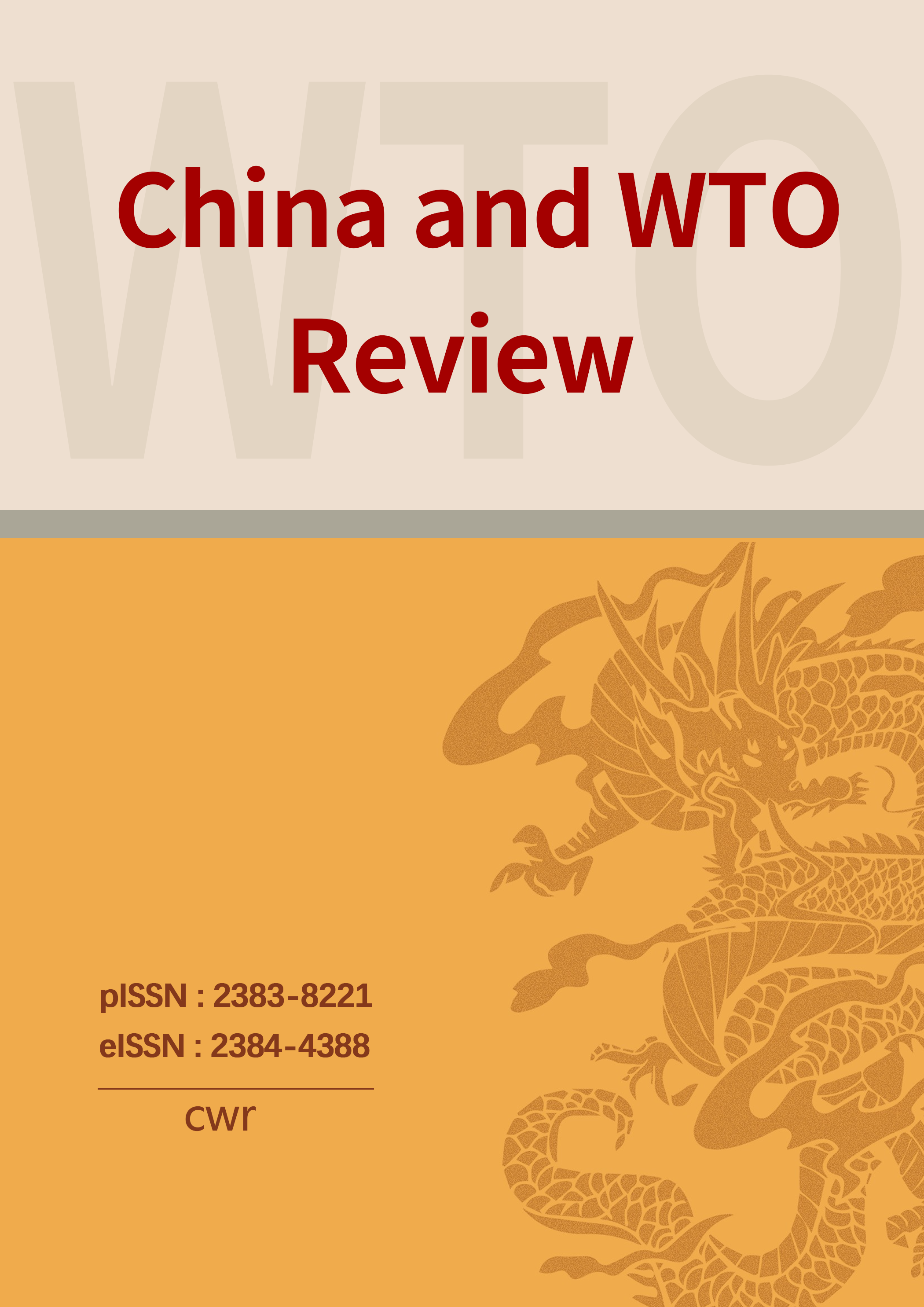Central and Peripheral Reforms of Global Trade Governance
Keywords:
Central Reform, Peripheral Reform, Global Trade Governance, WTO, Preferential Treatment AgreementAbstract
To promote global trade governance, both central and peripheral reforms occur in multilateral and regional trade agreements. The central reforms are suggested to enhance the WTO's efficiency in trade negotiations by engaging in 'mini-multilateral' negotiations and soft law-making or to expand its current advantage in dispute settlement by extending its dispute jurisdiction to investor-state disputes or trade disputes arising from PTAs. The peripheral reforms develop in two different routes; one is rule-based and is carried out by high-standard PTAs, and the other is relation-based and is exemplified by "the Belt and Road" Initiative proposed by China. While peripheral reform fragments international law, various methods of multilateralizing regionalism are suggested, such as the incorporation of the third-party most-favoured-nation clause, the simplification of the rules of origin, and the construction of multilateral agreements through the 'building blocs' of PTAs. Most of these reforms make achievements to some extent, although they also have deficiencies.
Downloads
Published
Issue
Section
License

This work is licensed under a Creative Commons Attribution-NonCommercial 4.0 International License.




